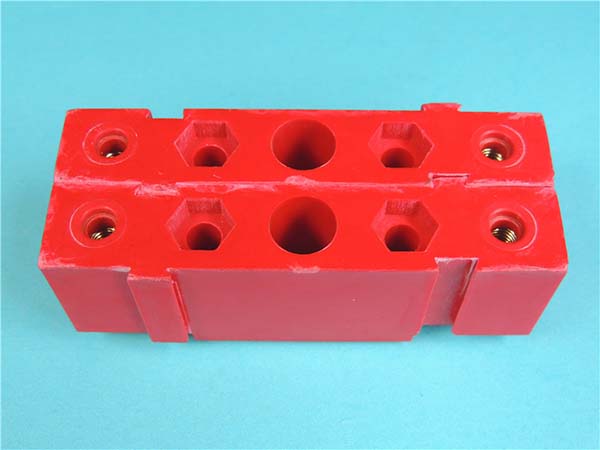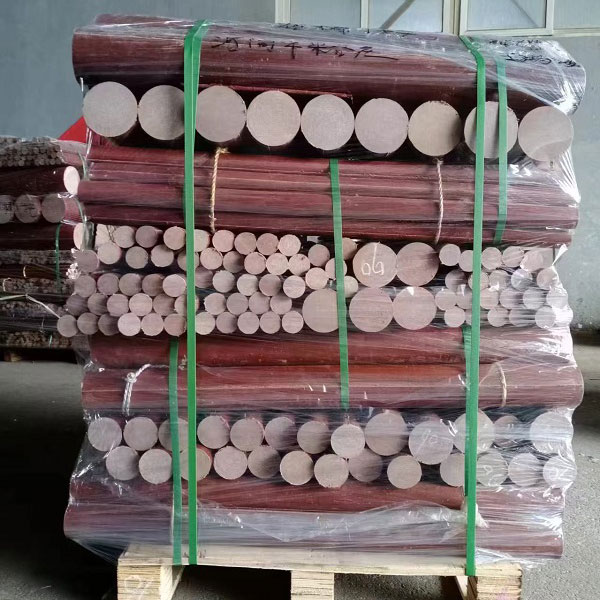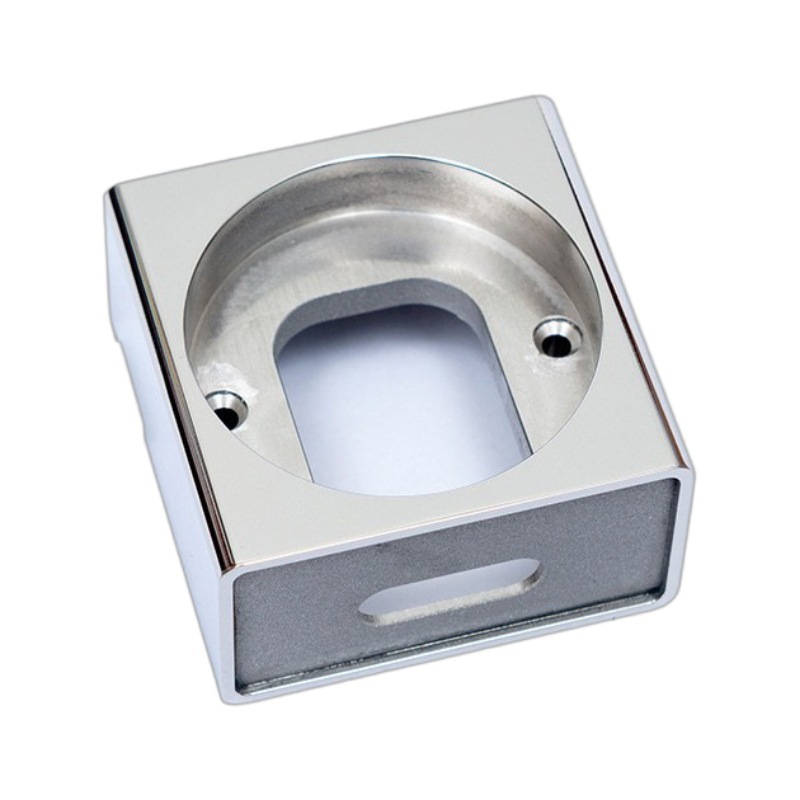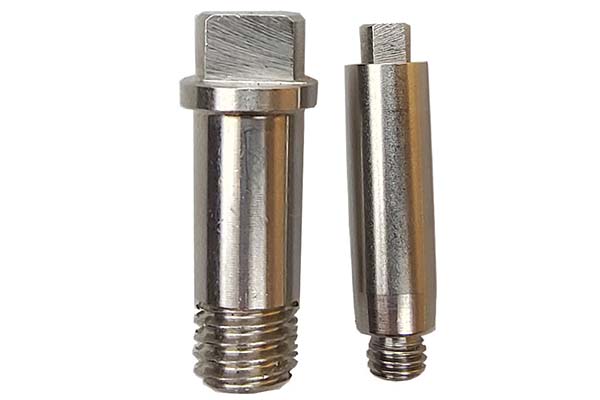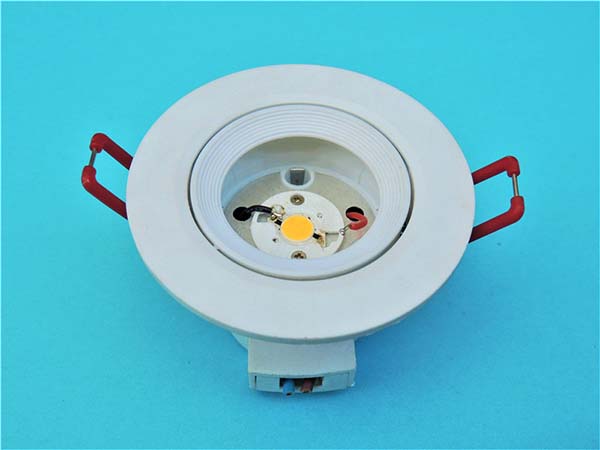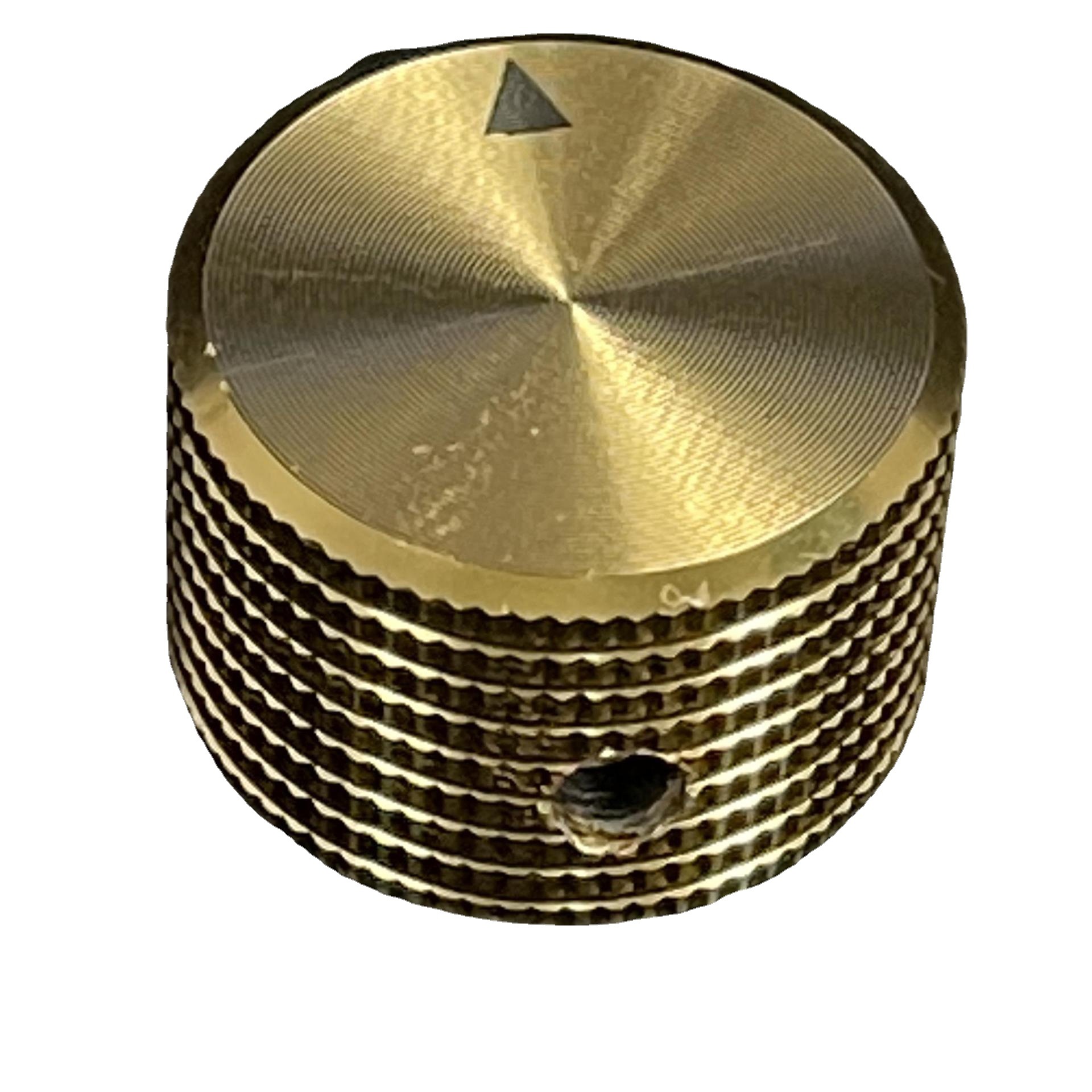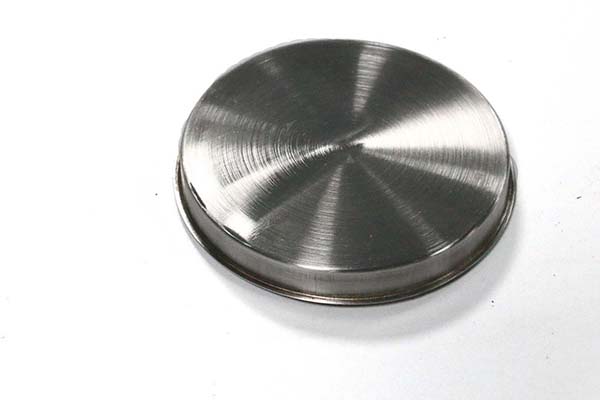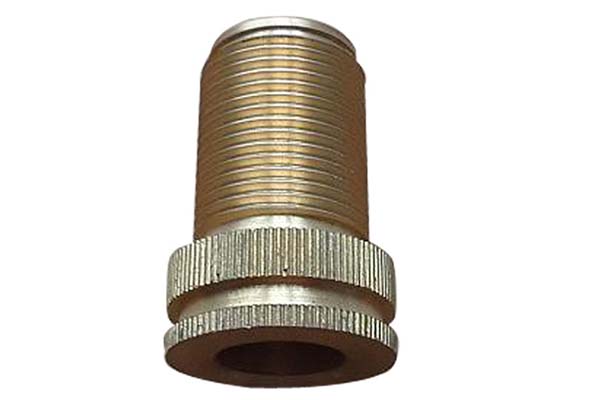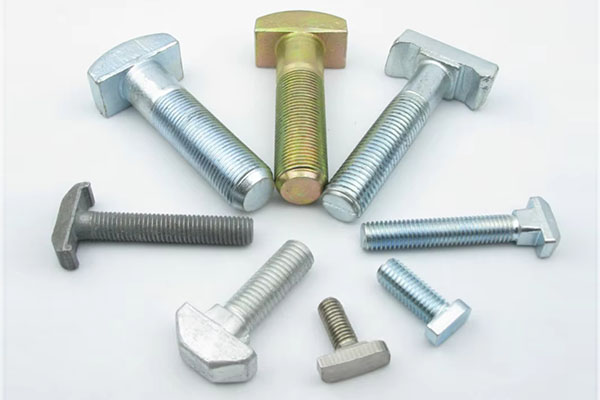CNC machining of PBT (Polybutylene Terephthalate) comes with unique challenges that manufacturers often grapple with. Glass-filled PBT, in particular, is highly abrasive due to its glass fibers, leading to rapid tool wear if not addressed with proper tooling. Additionally, PBT’s moderate tensile strength and flexural modulus require careful clamping to avoid workpiece deformation, while its sensitivity to heat can cause surface defects if cutting parameters are not optimized. Ensuring consistent dimensional measurement and surface roughness across production runs adds another layer of complexity. This guide addresses these pain points, offering expert strategies to master CNC machining of PBT.
Material Properties of PBT
PBT (Polybutylene Terephthalate) is a thermoplastic polyester known for its balance of mechanical and thermal properties, making it ideal for CNC machining:
- Mechanical properties: PBT has a tensile strength of 50-60 MPa (unfilled) and 80-120 MPa for glass-filled PBT (10-30% glass), with a flexural modulus of 2000-3000 MPa (unfilled) and 5000-9000 MPa (glass-filled). This rigidity makes it suitable for structural parts like gears and electrical components.
- Impact resistance: Unfilled PBT has moderate impact resistance (2-5 kJ/m²), which improves with rubber modification but decreases in glass-filled grades—requiring careful handling during machining to avoid cracking.
- Thermal properties: PBT has a melting point of 220-230°C and can withstand continuous use temperatures of 120-150°C (higher for glass-filled grades), making it suitable for high-temperature applications like under-hood automotive parts.
- Chemical resistance: It resists oils, greases, and many solvents but can be attacked by strong acids and alkalis. This makes it ideal for fluid handling components in industrial equipment.
- Flame retardancy: Many PBT grades are inherently flame-retardant or can be modified to meet UL94 V-0 standards, critical for electrical components.
| Property | Unfilled PBT | 30% Glass-Filled PBT | PBT vs. Nylon 66 |
| Tensile Strength | 50-60 MPa | 80-120 MPa | Comparable (70-90 MPa) |
| Flexural Modulus | 2000-3000 MPa | 5000-9000 MPa | Higher than Nylon |
| Impact Resistance | 2-5 kJ/m² | 1-3 kJ/m² | Lower than Nylon |
| Continuous Use Temp | 120°C | 150°C | Higher than Nylon |
CNC Machining Techniques
CNC machining of PBT requires techniques tailored to its properties, especially for glass-filled grades:
- CNC milling: The primary process for PBT, using end mills to create complex shapes. For unfilled PBT, cutting speed can range from 100-150 m/min, while glass-filled PBT requires slower speeds (80-120 m/min) to reduce tool wear. Feed rate of 0.1-0.2 mm/tooth balances material removal and heat generation.
- CNC turning: Used for cylindrical parts like bearings and bushings, with depth of cut of 1-2 mm for roughing and 0.1-0.3 mm for finishing. Glass-filled PBT benefits from carbide tools to withstand abrasion.
- Cutting tools: Carbide tools (grade K10 or K20) are essential for glass-filled PBT, as high-speed steel (HSS) tools wear rapidly—carbide extends tool life by 3-5 times. Unfilled PBT can be machined with HSS for low-volume runs.
- Tool geometry: End mills with a helix angle of 30-40° improve chip evacuation, while a sharp cutting edge (radius <0.02 mm) minimizes fiber pull-out in glass-filled PBT. 2-flute designs are better for chip flow than 4-flute.
- Machining strategies: Climb milling reduces tool deflection and improves surface finish, especially for thin-walled PBT parts. Precision machining to tolerances of ±0.01 mm is achievable with rigid setups and in-process measurement.
Applications of CNC Machined PBT
CNC machined PBT parts are widely used across industries for their strength, thermal resistance, and versatility:
- Automotive parts: Sensor housings, connector blocks, and under-hood components leverage PBT’s heat resistance and chemical resistance to oils.
- Electrical components: Switchgear, terminal blocks, and insulator parts use PBT’s electrical insulation and flame retardancy—critical for safety in electrical systems.
- Consumer electronics: Smartphone chargers, laptop hinges, and camera components benefit from its rigidity and dimensional stability.
- Industrial equipment: Gears and pulleys made from glass-filled PBT withstand high loads and moderate temperatures in machinery.
- Medical devices: Non-implantable components like instrument housings use PBT’s chemical resistance to disinfectants and biocompatibility.
- Prototyping: PBT’s machinability makes it ideal for functional prototypes, allowing designers to test form and fit before mass production.
- Injection mold inserts: PBT’s heat resistance makes it suitable for short-run mold inserts, reducing the need for expensive metal tooling.
Quality Control in CNC Machining of PBT
Ensuring quality in PBT machining involves rigorous checks and processes:
- Inspection techniques: Dimensional measurement with calipers, micrometers, and CMMs verifies critical features, with tolerances of ±0.02 mm for most applications and ±0.01 mm for precision parts.
- Surface roughness: PBT typically achieves Ra 0.8-1.6 μm with proper machining. Glass-filled PBT may have slightly higher roughness (Ra 1.2-2.0 μm) due to fiber exposure, which can be improved with finer finishing passes.
- Tolerance verification: Using metrology equipment like optical comparators ensures compliance with design specs, especially for tight-tolerance parts like electrical connectors.
- Non-destructive testing (NDT): Ultrasonic testing detects internal defects in thick PBT parts, critical for load-bearing components like gears.
- Quality standards: Adherence to ISO 9001 and ASTM D638 (for mechanical testing) ensures consistency. Statistical process control (SPC) tracks key metrics like dimensional variation, reducing defects by 20-30%.
- Post-machining treatment: Annealing at 100-120°C for 1-2 hours relieves stresses in glass-filled PBT, reducing post-machining warping.
Yigu Technology's Perspective
Yigu Technology specializes in CNC machining PBT, with expertise in both unfilled and glass-filled grades. We use carbide tools with TiAlN coatings for glass-filled PBT to extend tool life and maintain surface finish, and HSS for cost-effective unfilled PBT runs. Our quality control includes CMM inspection and SPC to ensure dimensional accuracy, critical for automotive and electrical applications. We also offer post-machining annealing for large PBT parts to stabilize dimensions. Whether producing precision gears or electrical components, we tailor our processes to maximize PBT’s strengths, delivering high-quality parts that meet strict industry standards.
FAQ
- How does machining glass-filled PBT differ from unfilled PBT?
Glass-filled PBT is highly abrasive, requiring carbide tools instead of HSS, and slower cutting speeds to reduce tool wear. It also requires sharper tools to prevent fiber pull-out, while unfilled PBT is softer and more forgiving of tool dullness.
- What causes surface defects in PBT machining, and how to prevent them?
Heat-induced melting (common in unfilled PBT) and fiber pull-out (in glass-filled) are main defects. Prevention involves using sharp tools, controlling cutting speed to avoid heat, and ensuring proper chip evacuation with compressed air or coolant.
- Can PBT be machined to the same tolerances as metals?
Yes, PBT can achieve ±0.01 mm tolerances with rigid setups and precision tools, though its thermal expansion (50-70 μm/m·K) requires temperature-controlled environments during machining and inspection to maintain accuracy.
